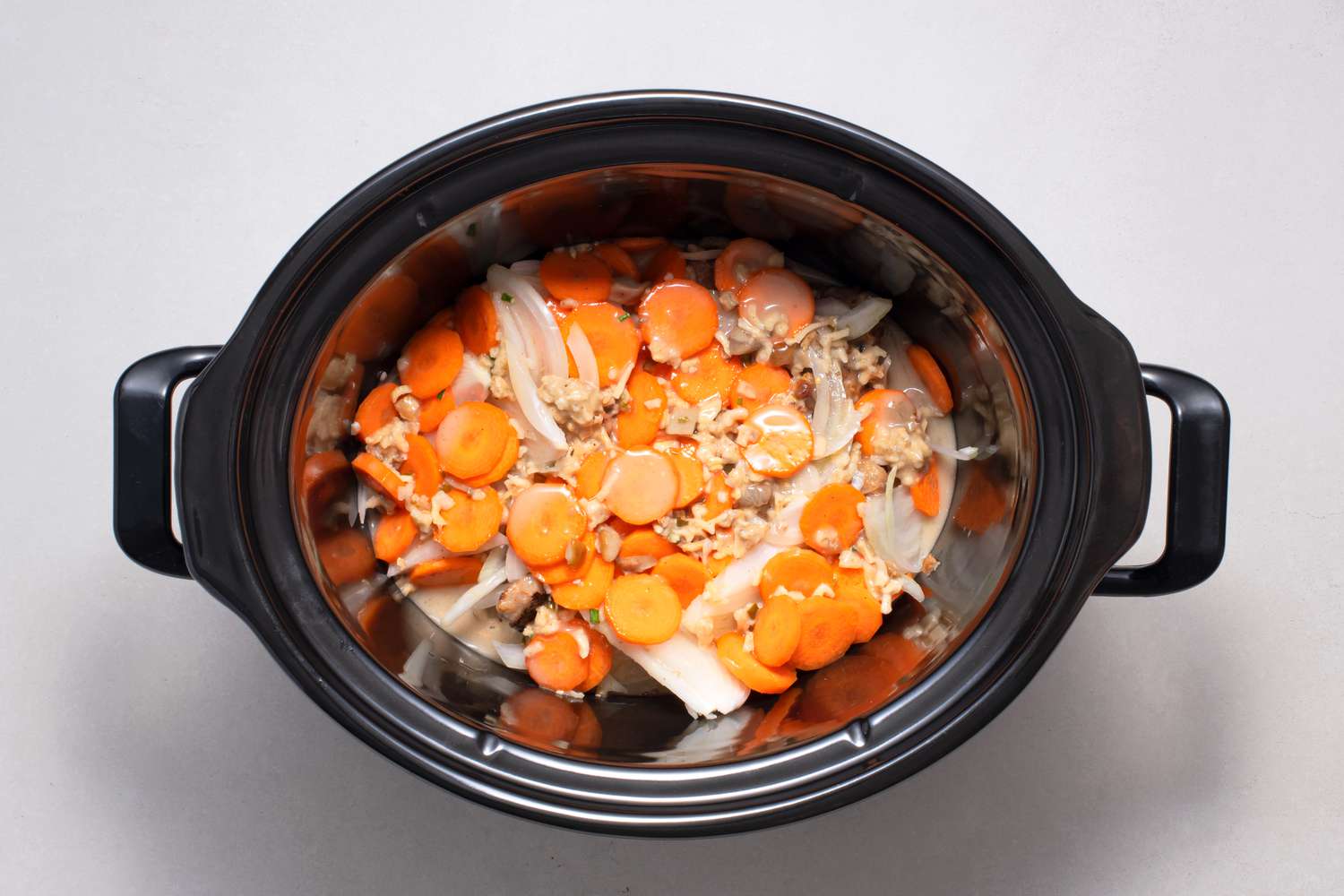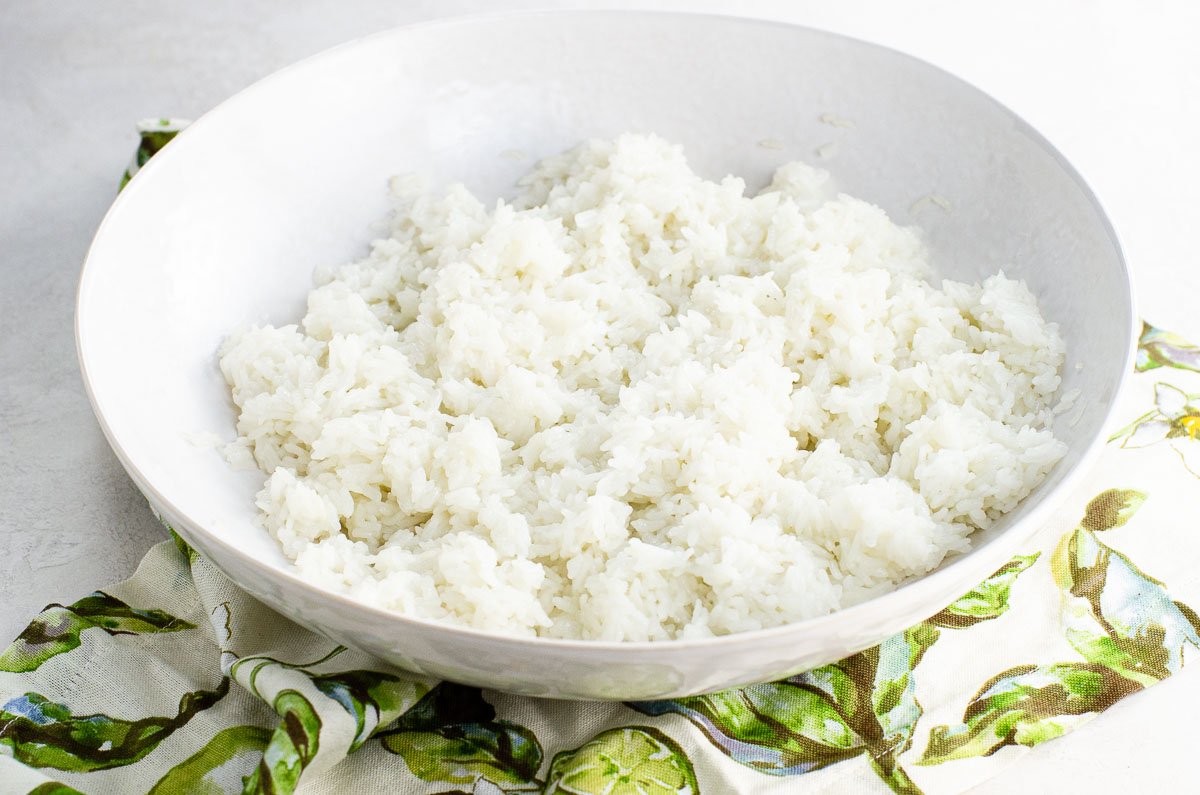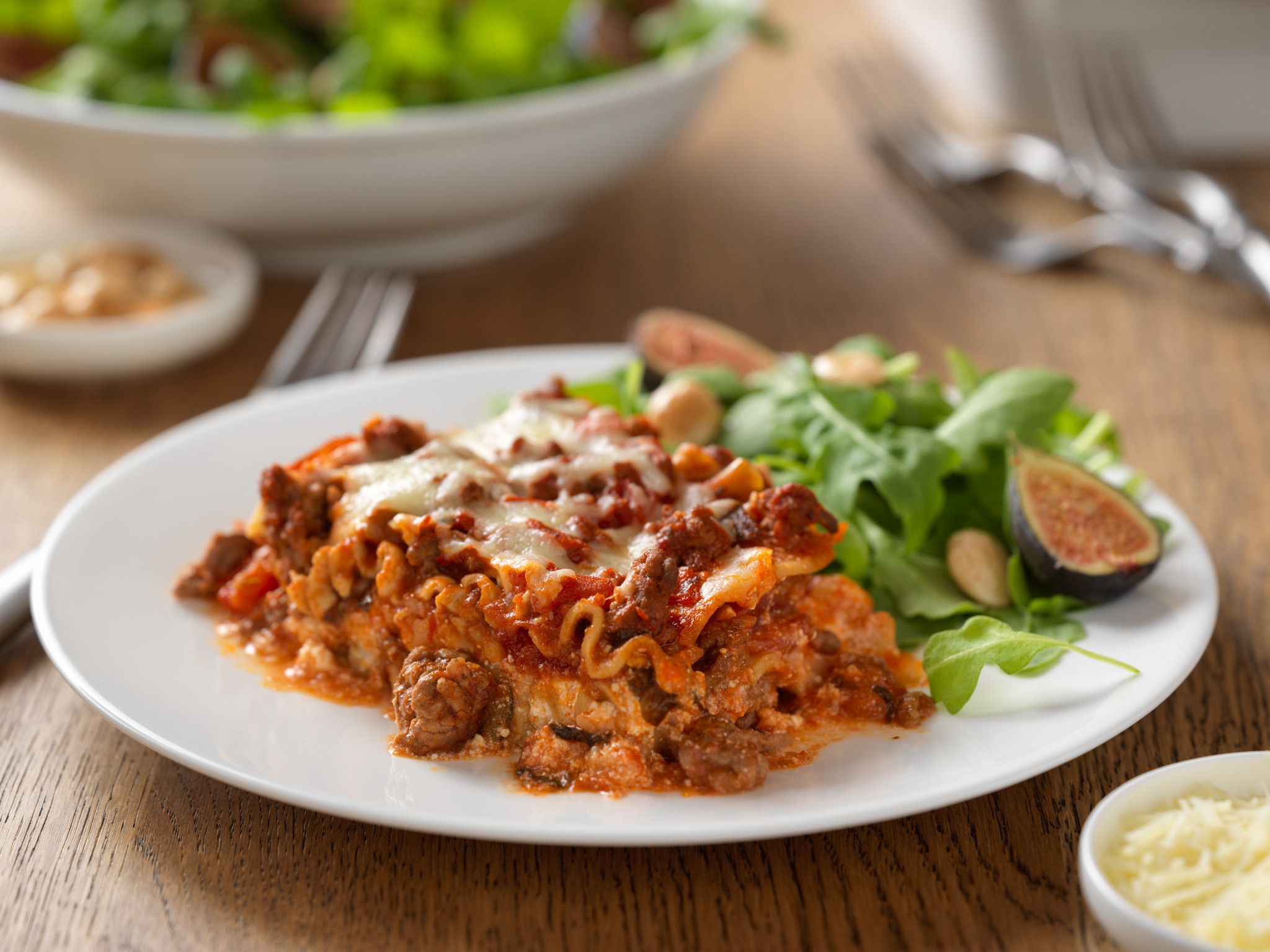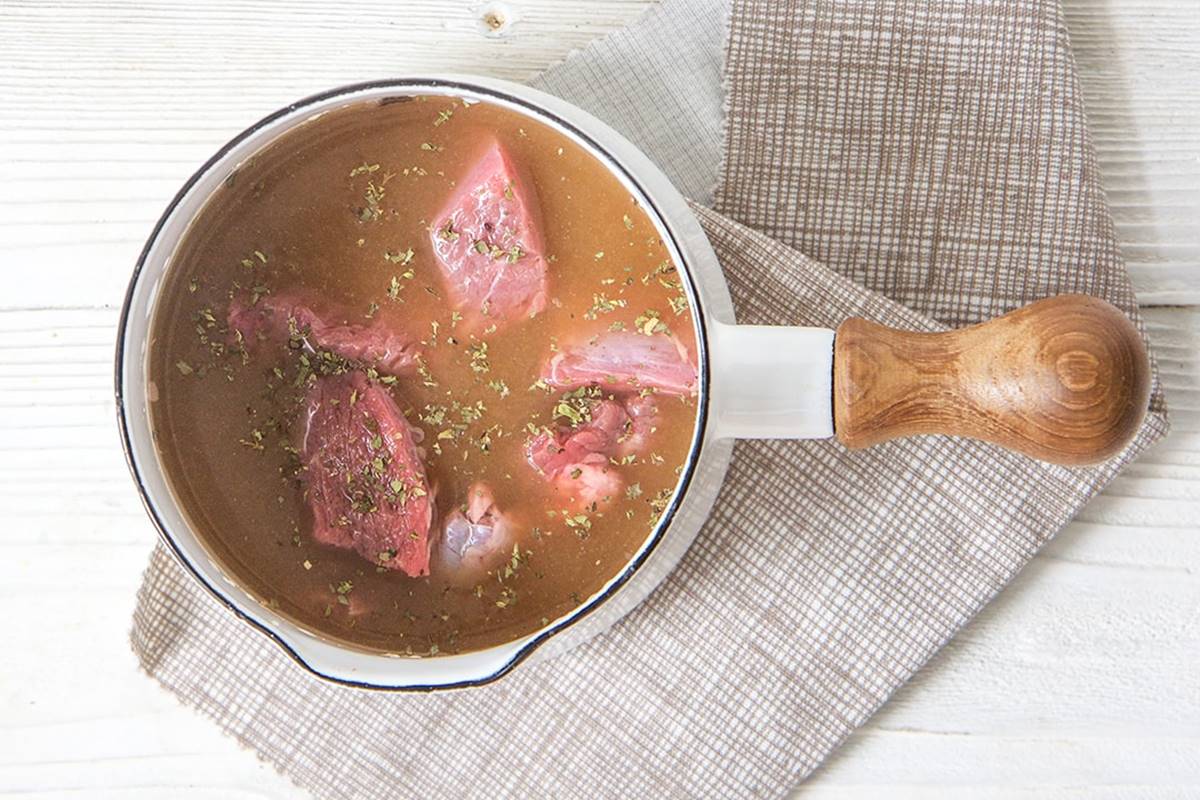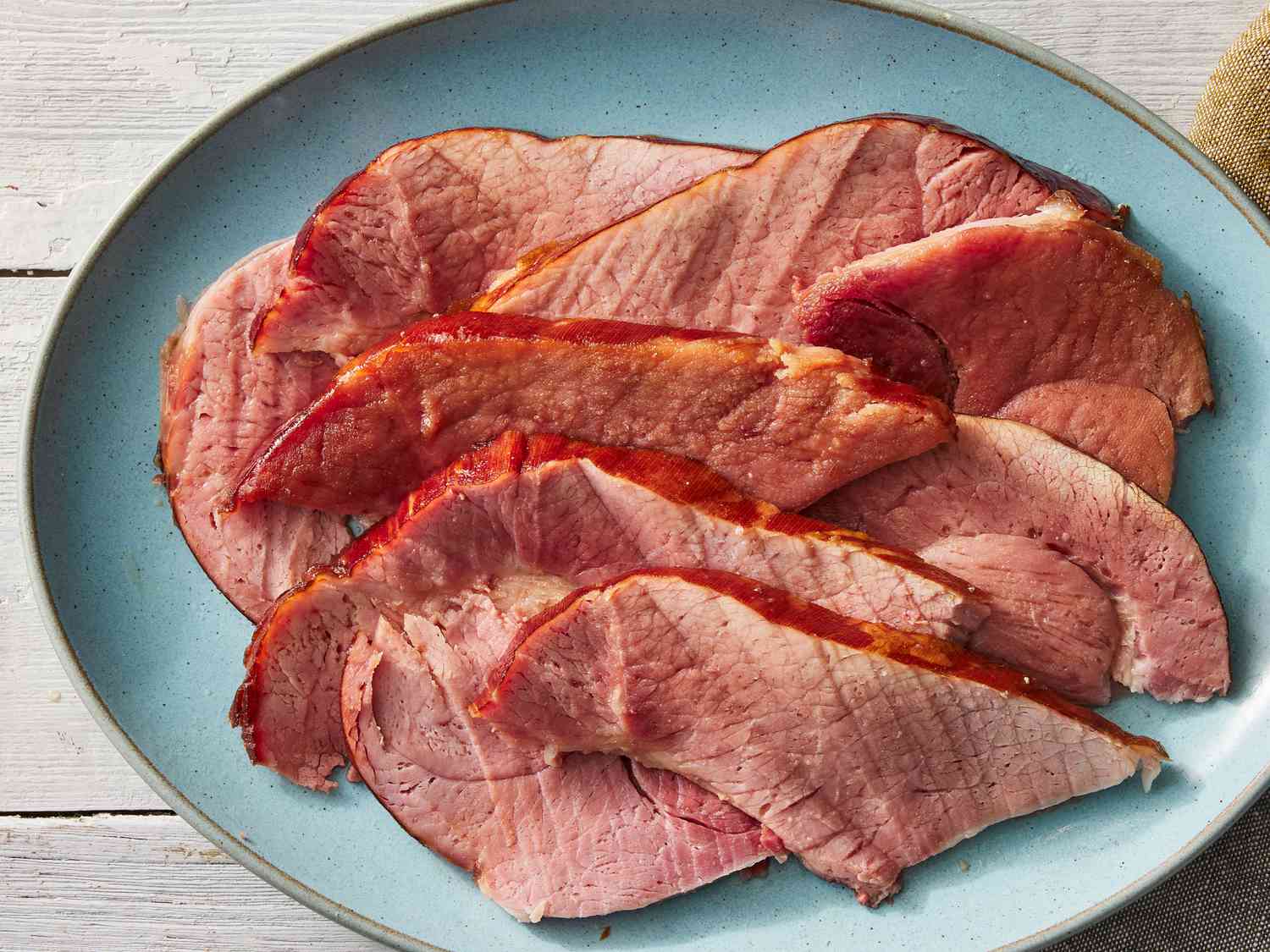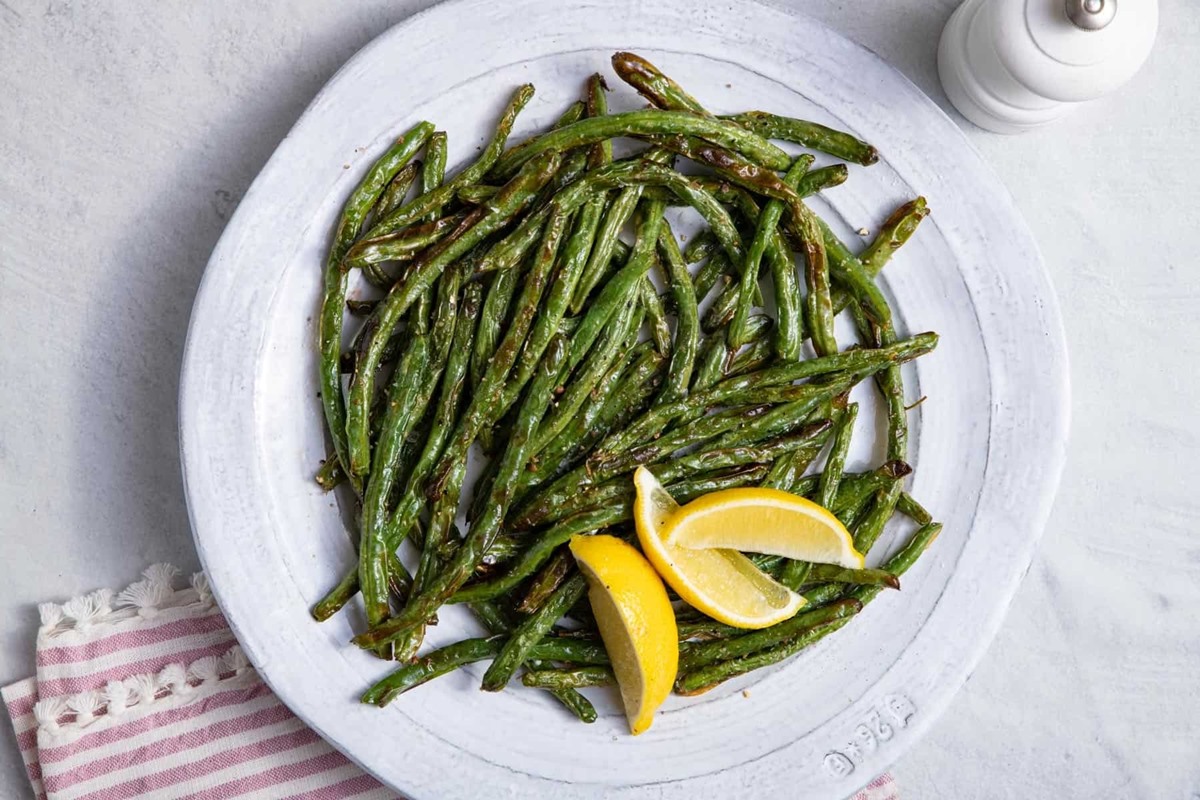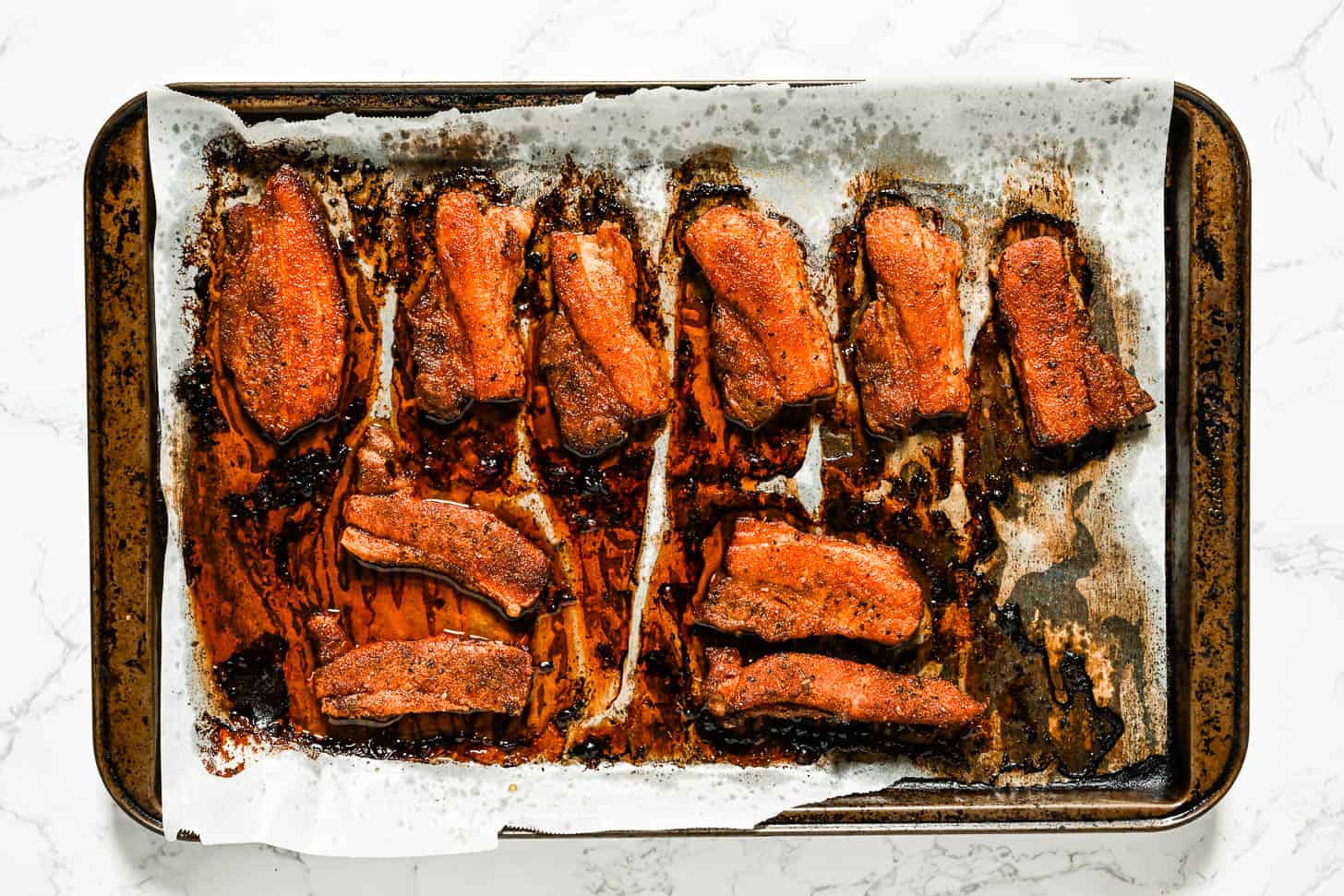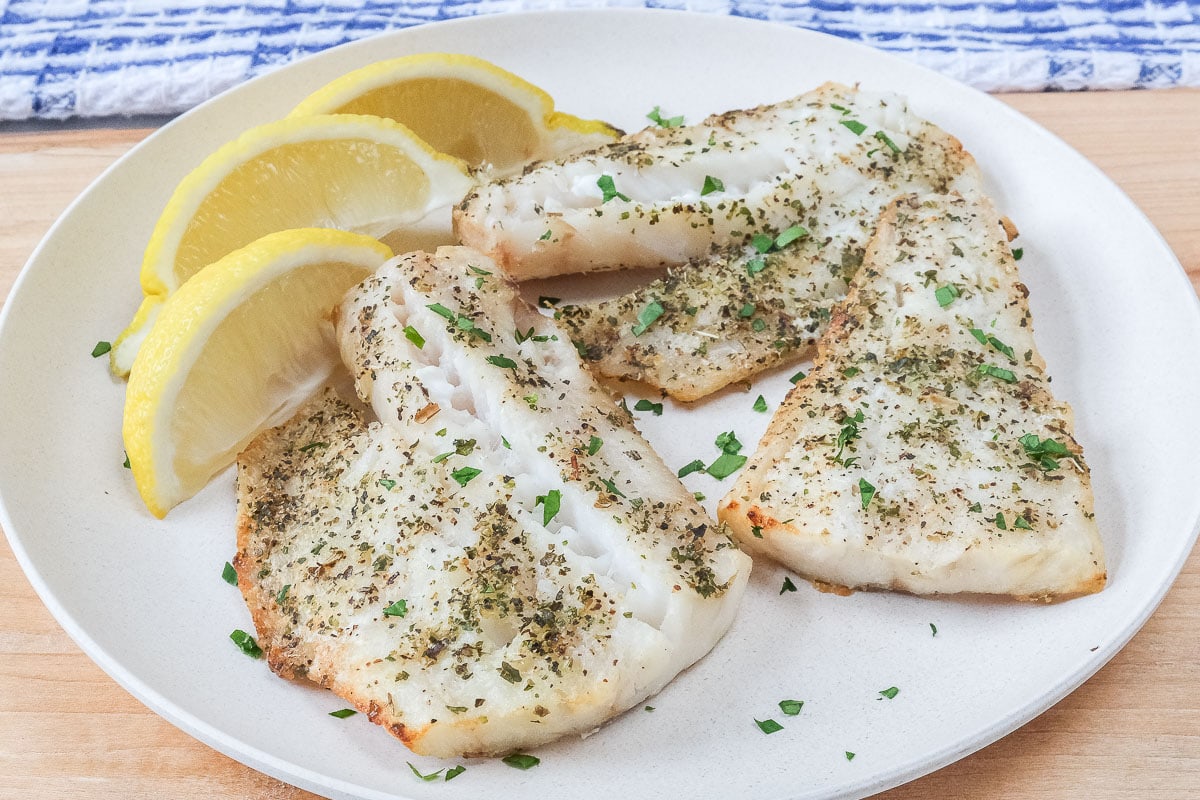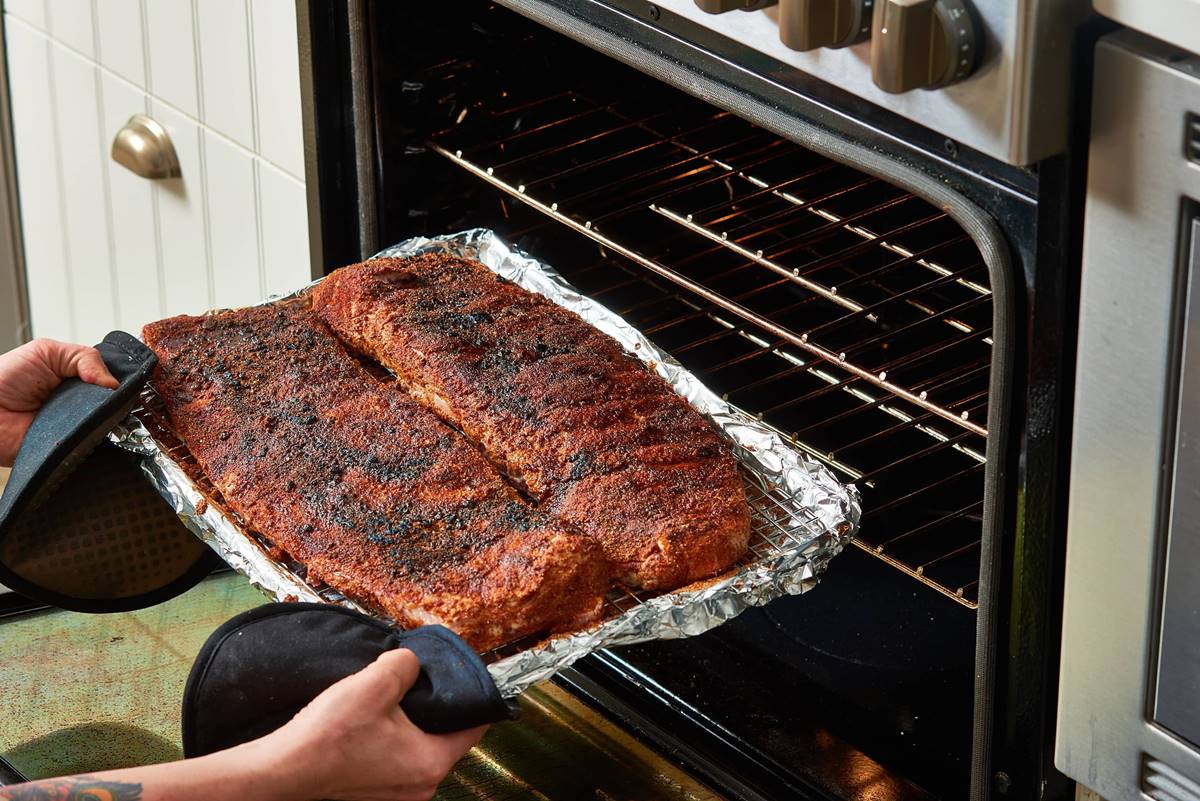Cooking artichoke hearts might seem intimidating at first, but fear not! This guide will walk you through a simple, foolproof method to prepare these delightful veggies. Artichokes, with their mild, slightly nutty flavor, can transform any meal into something special. Whether you're looking to steam, grill, or bake them, understanding the basics of handling and cooking artichoke hearts is key. Perfect for appetizers, salads, or as a tasty side dish, these versatile vegetables offer a world of culinary possibilities. Ready to master the art of cooking artichoke hearts? Let's dive in and uncover the secrets to making these delicious treats shine in your next meal.
Essential Ingredients for Delicious Artichoke Hearts
- Fresh artichoke hearts
- Olive oil
- Garlic cloves, minced
- Lemon juice
- Salt
- Black pepper
- Fresh parsley, chopped
- Grated Parmesan cheese (optional)
Must-Have Tools for Artichoke Preparation
- Large Pot: Essential for boiling or steaming artichoke hearts until tender.
- Steamer Basket: Fits inside the pot, perfect for steaming if you prefer this method over boiling.
- Sharp Knife: Needed to trim the artichokes, including cutting off the tops and removing the outer leaves.
- Cutting Board: Provides a stable surface for preparing the artichokes.
- Spoon or Melon Baller: Useful for scooping out the fuzzy choke from the center of the artichoke.
- Lemon Juice: While not a tool, it's crucial for rubbing onto cut artichoke surfaces to prevent browning.
- Kitchen Shears: Optional, but helpful for trimming the prickly tips of the artichoke leaves.
- Large Bowl: Fill with water and lemon juice to keep trimmed artichokes from browning.
- Colander: For rinsing the artichokes and draining them after they've been cooked.
- Tongs: Assist in removing the artichokes from the pot or steamer basket safely.
Cooking artichoke hearts starts with trimming the tops and stems. Boil or steam until tender, usually 25-35 minutes. Cool, then peel away the outer leaves to reveal the heart.
The Art of Cooking Artichokes: A Why-To
Cooking artichoke hearts is simpler than most think, offering a versatile ingredient full of nutrients and flavor. Steaming or boiling transforms them into tender morsels, ready to enhance any dish. Rich in fiber, vitamins, and antioxidants, these hearts support digestive health and immunity, making them a smart choice for health-conscious cooks.
Preparing artichoke hearts involves removing the outer leaves and trimming the stem, revealing the edible core. This process, although initially daunting, rewards with a delicious, slightly nutty flavor. Perfect for sides, salads, or dips, their unique taste and health benefits make the effort worthwhile, encouraging more to explore this underappreciated vegetable.
Your Step-by-Step Guide to Perfect Artichokes
Cooking Artichoke Hearts: A Step-by-Step Guide
-
Select Fresh Artichokes
- Look for firm, green artichokes with tightly packed leaves. Freshness is key for the best flavor and texture.
-
Prepare Your Artichokes
- Rinse under cold water.
- Cut off the stem close to the base.
- Remove the tough outer leaves until you reach the softer, lighter green leaves.
- Slice off the top inch of the artichoke to remove the thorny tips.
-
Remove the Choke
- Cut the artichoke in half lengthwise.
- Use a spoon to scoop out the fuzzy center, known as the "choke," located above the heart.
-
Cook the Artichoke Hearts
- Boiling: Place them in a pot of boiling water with a pinch of salt and boil for about 20-30 minutes, or until tender.
- Steaming: Place them in a steamer basket over boiling water, cover, and steam for about 25-35 minutes, or until the heart is tender.
- Roasting: Preheat your oven to 375°F (190°C). Drizzle olive oil and sprinkle salt over the hearts. Roast for about 30-40 minutes, or until tender and slightly charred.
- Grilling: Preheat your grill to medium-high heat. Brush the hearts with olive oil and grill for about 5-10 minutes per side, or until grill marks appear and hearts are tender.
-
Season and Serve
- Once cooked, season with salt, pepper, and a squeeze of lemon juice for added flavor.
- Serve hot as a side dish or cool and use in salads, pasta, or as a delicious appetizer.
Tips for Success
- Acidulated Water: To prevent browning, place cut artichokes in water with lemon juice until ready to cook.
- Test for Doneness: Pierce with a knife or fork. If it enters easily, your artichoke heart is perfectly cooked.
- Storage: Cooked artichoke hearts can be stored in the refrigerator for up to a week. For longer storage, consider freezing them.
Cooking artichoke hearts might seem daunting at first, but following these steps will ensure you get tender, flavorful results every time. Whether boiled, steamed, roasted, or grilled, artichoke hearts offer a versatile and nutritious addition to any meal.
Mastering Artichoke Hearts
Cooking artichoke hearts isn't just about following a recipe. It's an adventure in flavor and texture, transforming a tough, intimidating vegetable into a tender, delicious treat. Whether you choose to steam, boil, grill, or bake, remember that patience and attention to detail are your best friends in the kitchen. Experiment with different seasonings and cooking methods to find what best suits your taste. Don't forget to dip them in your favorite sauce or incorporate them into salads, pastas, or as a topping on a delicious pizza. With practice, you'll find that artichoke hearts can elevate any meal, adding a gourmet touch to your culinary creations. So, grab those artichokes, and let's turn them into the heart of your next meal.
More Delicious Recipes Featuring Artichoke Hearts
Having mastered the basics of preparing artichoke hearts, readers may now enjoy exploring a variety of recipes that incorporate this versatile ingredient. For a delightful start, the Creamy Artichoke and Spinach Dip Delight offers a creamy, flavorful dish perfect for gatherings. On a lighter note, the Grilled Artichoke Hearts with Zesty Lemon Aioli provides a fresh, tangy twist that's ideal for summer meals. For those seeking comfort in a warm, fulfilling meal, the Rich and Creamy Artichoke Heart Pasta merges the tender artichoke with rich, creamy pasta in a dish that's both satisfying and easy to prepare. Each recipe not only showcases the unique flavors of artichoke hearts but also enhances the overall dining experience, making them top recommendations to try out.
All Your Questions About Artichokes Answered
How do I choose the best artichokes for cooking?
Look for artichokes that feel heavy for their size, with tight, squeaky leaves. Vibrant green color is a good sign, too. Avoid any that look dried out or have split leaves.
What's the best way to prepare artichokes for cooking?
First, rinse them under cold water. Chop off the stem and about an inch from the top. If you want, snip off the thorny tips of the leaves with kitchen scissors. Lastly, rub all cut surfaces with a lemon wedge to prevent browning.
Can I cook artichoke hearts without a steamer?
Absolutely! Boiling is a great alternative. Just fill a pot with enough water to cover the artichokes, add a pinch of salt, and simmer them until tender. It usually takes about 25 to 35 minutes, depending on size.
How do I know when artichokes are fully cooked?
A well-cooked artichoke will allow you to easily pull away a leaf from the middle. Also, you can insert a knife into the base with little resistance. Remember, the leaves should be tender enough to bite off the fleshy part at the bottom.
What are some tasty ways to eat artichoke hearts?
Artichoke hearts are incredibly versatile. Try them chopped up in a salad, mixed into a pasta dish, or as a topping on pizza. They're also delicious when marinated in olive oil, lemon juice, and herbs, or simply grilled with a bit of salt and pepper.
Is there a quick method to remove the choke from an artichoke?
After cooking, let the artichokes cool slightly. Then, spread the leaves open to expose the choke, which is the fuzzy part above the heart. Scoop it out with a spoon, being careful not to remove the heart. This part is not edible and should be discarded.
Can I store cooked artichoke hearts for later use?
Sure thing! Place them in an airtight container, cover them with olive oil or a mixture of water and lemon juice, and they'll keep in the fridge for up to a week. You can also freeze them for longer storage. Just make sure they're well drained before freezing.
Was this page helpful?
Read Next: How To Cook Mushrooms On Pizza
